
A loaf of gluten-free bread is, on average, 4.3 times more expensive than a standard one, according to new research from Coeliac UK.
The findings are part of a new report by the charity called ‘The gluten free diet – how much does it cost and why does it matter?’
In the report, Coeliac UK calls on the government to make gluten-free food more affordable, particularly amidst the cost-of-living crisis.
Looking at online prices from seven supermarkets in December 2022, the charity found that the average cost of gluten-free bread was 61p per 100g compared to 14p per 100g from standard bread. It found even more disparity between the cheapest products available with the cheapest loaf of gluten-free bread costing 7.2 times more than the cheapest gluten containing loaf at 35p per 100g versus 5p per 100g.
When these differences are looked at on an annual basis, based on typical bread consumption, Coeliac UK said the annual cost for white and brown/seeded bread for someone on a gluten-free diet compared with someone on a gluten-containing ones was £171 versus £41.
It added that while the cheapest standard loaf has not experienced any significant increase, the research shows that the cheapest gluten-free loaf has been increasing. From March to December 2022, the cheapest loaf of gluten-free bread has increased by 7.3p per 100g while the equivalent gluten-containing loaf has increased by 0.38p per 100g.
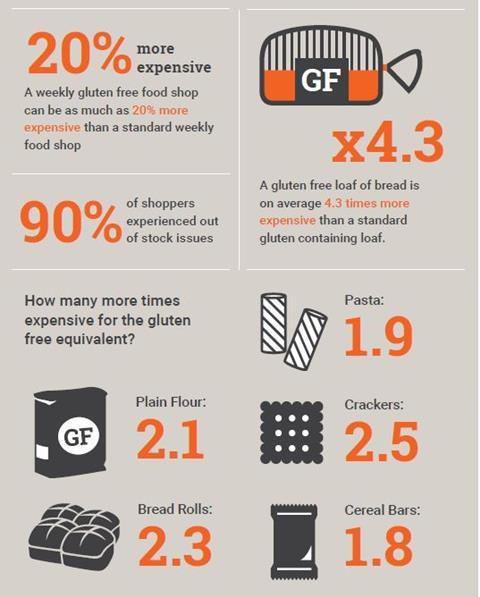
Coeliac UK said it recognises there are additional costs to consider when producing gluten-free products, highlighting several factors which may contribute including increased production costs, smaller batch sizes, gluten testing and a higher price of ingredients.
However, the report also revealed there are ‘limited variety and budget options’ for all gluten-free products, which Coeliac UK said puts a disproportionate burden on those with the lowest incomes.
Higher prices for gluten-free bread and staple products can have a significant impact on the cost of the weekly food shop. According to the government, the poorest 10% of the UK population only spends £22.45 per week on their food shopping.
“As the cost-of-living crisis shows no sign of abating, Coeliac UK has heard from concerned members who are struggling to be able to afford to buy gluten free food and worried about the impact this might have on their health. As food insecurity increases, the cost-of-living crisis could become a cost of health crisis for many,” said Tristan Humphreys, head of advocacy at Coeliac UK.
He noted that for those with a diagnosis of coeliac disease, following a strict gluten-free diet is not a choice but medically prescribed.
“We’re calling on policy makers and the food industry to join with us to help support those with coeliac disease and ensure they can access the food they need to treat their condition,” he added.



















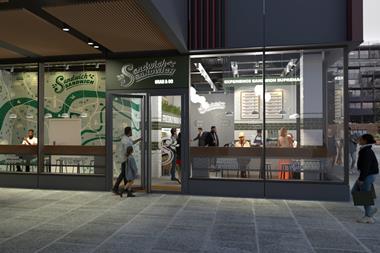
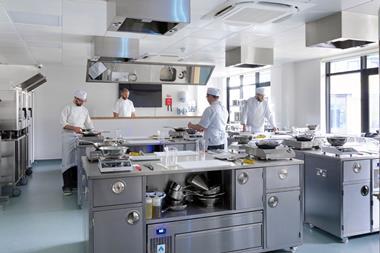




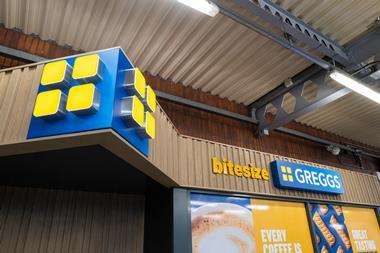
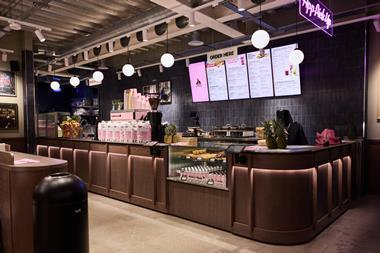



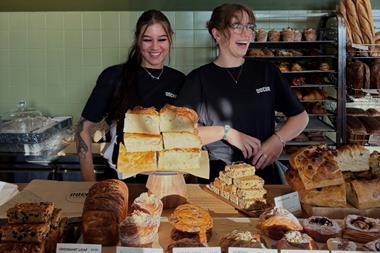

No comments yet